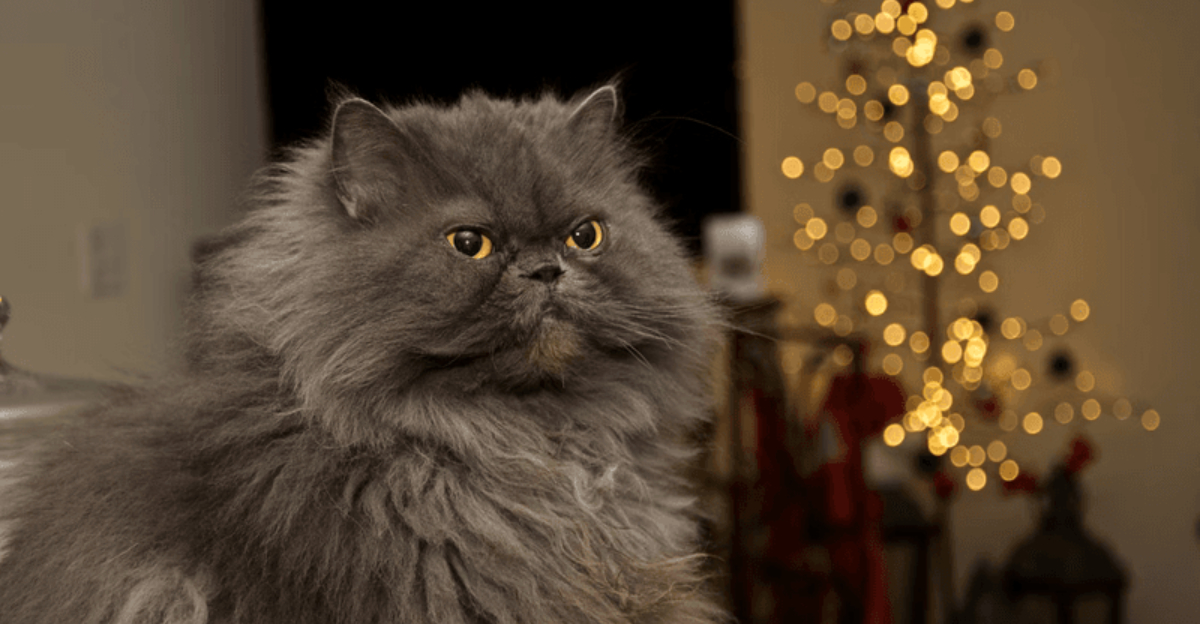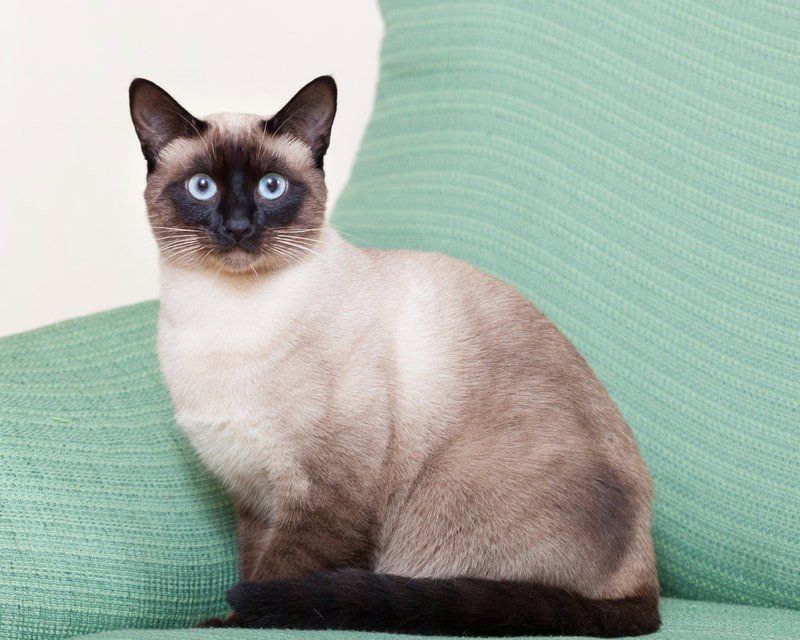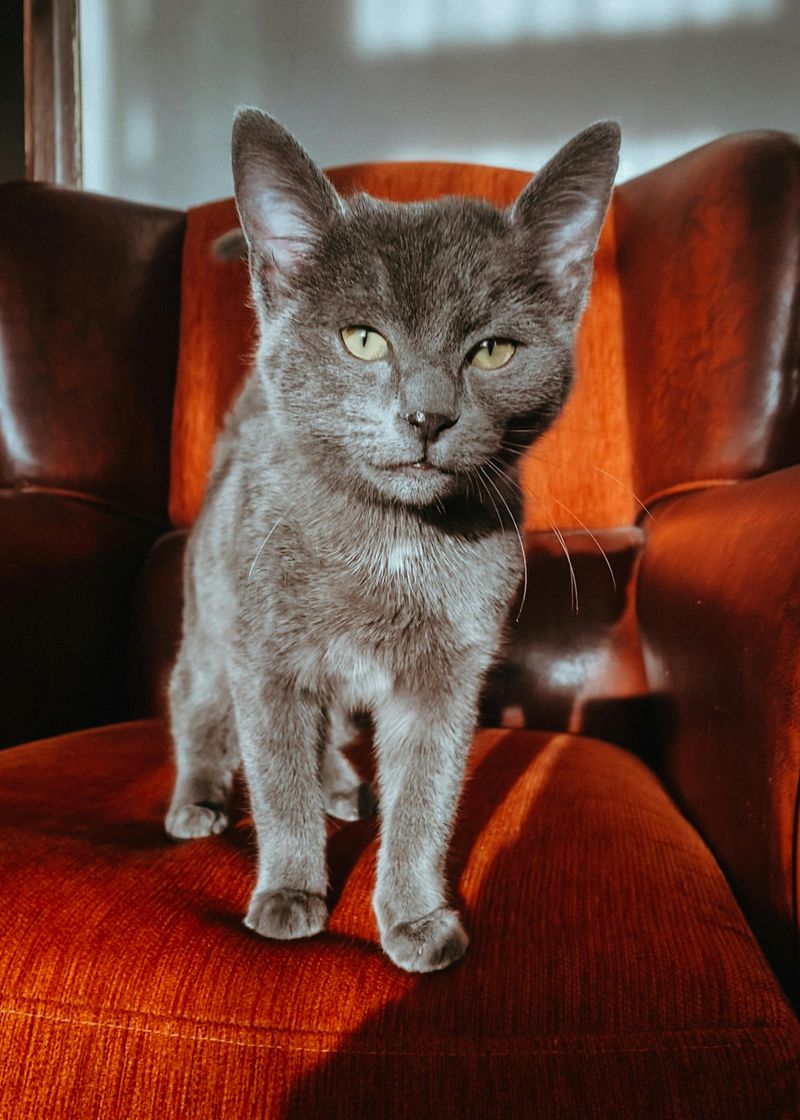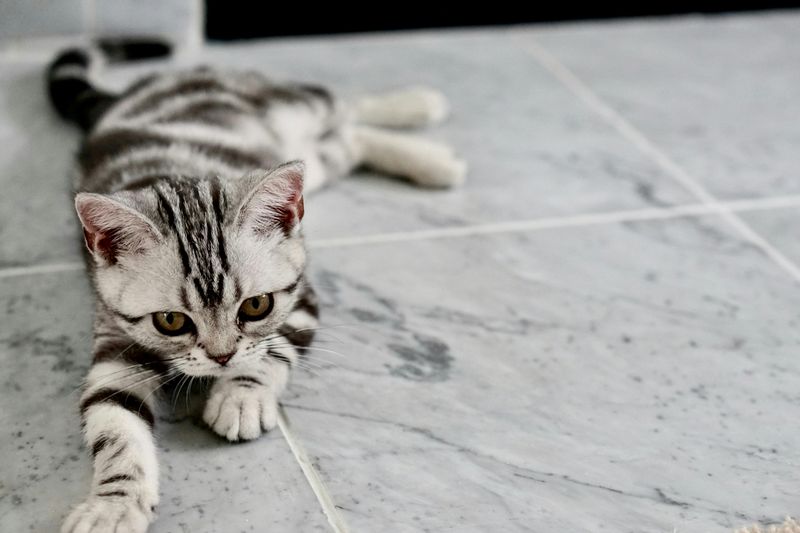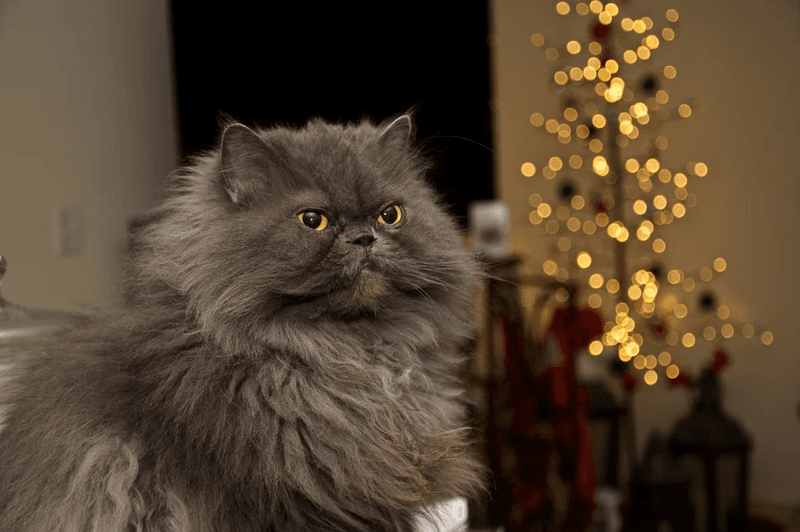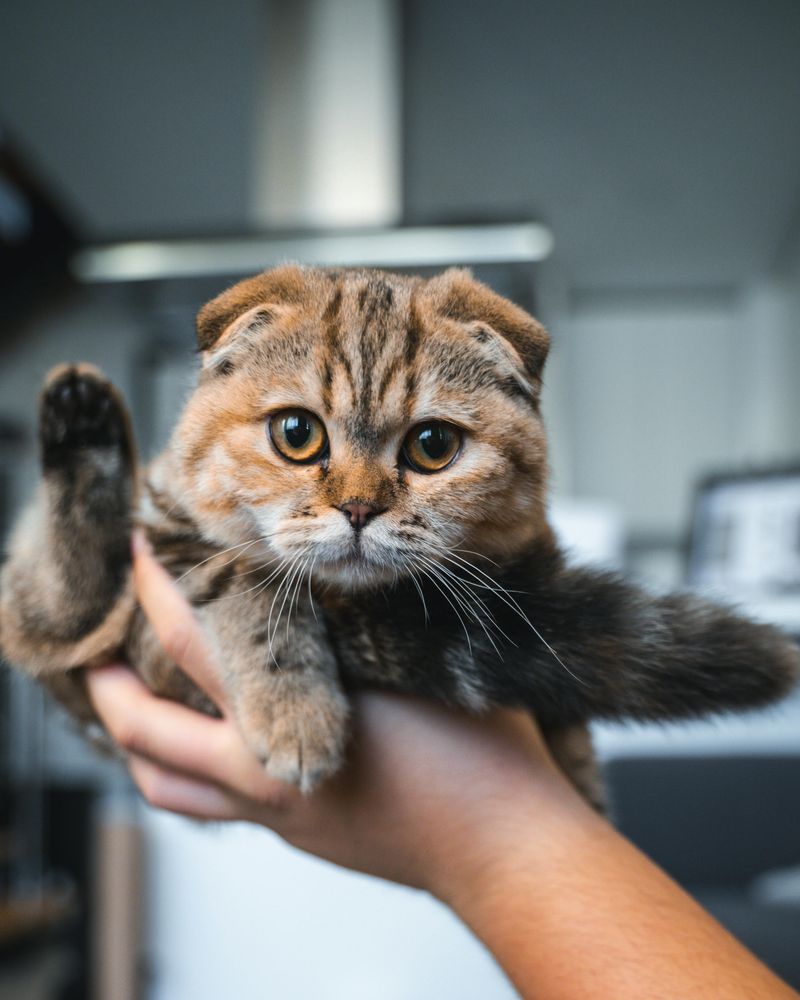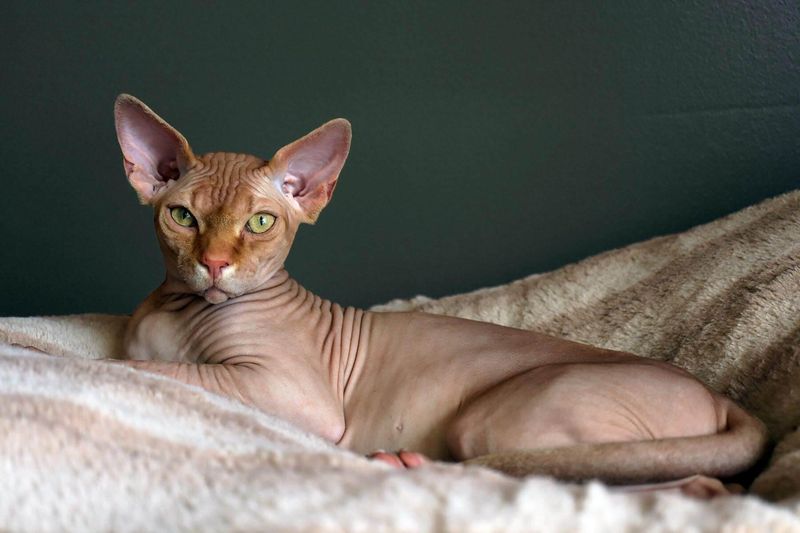📖 Table of Content:
Cats are cherished not only for their beauty and charm but also for their ability to become lifelong companions. When selecting a feline friend, understanding a breed’s aging pattern and potential health trajectory can significantly impact both the pet’s quality of life and the owner’s experience. While all cats require attentive care, some breeds are naturally more resilient to the passage of time, while others may encounter health challenges sooner than expected.
Certain cat breeds are renowned for their longevity, staying energetic, agile, and relatively free of chronic ailments well into their golden years. These cats often require less frequent veterinary intervention for inherited disorders, making them appealing to those who seek a stable and enduring relationship. Their graceful aging isn’t just a matter of good genes—it’s often supported by solid breeding practices and fewer anatomical disadvantages.
On the other hand, some breeds, while captivating in appearance and personality, are predisposed to early-onset health conditions that can impact their comfort and longevity. This doesn’t necessarily mean they make poor pets; rather, they demand more proactive medical care and informed owners who are ready to meet their specific needs. Being aware of these distinctions helps prospective cat parents make more thoughtful choices that align with their lifestyle, expectations, and commitment level.
1. Siamese
Sleek and elegant, the Siamese cat is known for its distinctive voice and high intelligence. These cats form deep bonds with their humans and remain socially active throughout their long lives. Their slender build and strong genetics mean they rarely suffer from the chronic issues seen in other breeds. Owners often note their playfulness well into old age, making them a joy to have around for decades. Breeding lines have maintained genetic strength, minimizing hereditary concerns. Although vocal and attention-seeking, they are surprisingly low-maintenance in terms of health. Their longevity, often reaching 20 years, makes them one of the most enduring companions among purebred cats.
2. Burmese
Brimming with charm and energy, the Burmese cat is both affectionate and physically robust. They are small but muscular, often described as having a deceptively solid build. Longevity is a common trait, with many Burmese living beyond 16 years with minimal health complications. Their curious nature keeps them mentally stimulated, a factor that likely contributes to their graceful aging. Historically, they’ve faced few inherited conditions, thanks to careful breeding practices. Social to the core, they flourish in interactive households that provide both mental and emotional engagement. Their vitality, combined with a loving disposition, makes them an ideal long-term feline companion.
3. Russian Blue
With their plush silvery coat and almond-shaped green eyes, Russian Blues exude quiet elegance. These cats are not only beautiful but also boast a resilient constitution that keeps them healthy for years. They tend to bond deeply with their families and prefer stable, calm environments. Generally free from genetic disorders, they are among the healthier purebred options available. Independent yet affectionate, they strike a perfect balance between being engaged and self-sufficient. Owners often report minimal vet visits outside of routine care, highlighting their natural hardiness. Their life expectancy commonly extends past 15 years, making them a steadfast addition to any home.
4. American Shorthair
Adaptable and even-tempered, the American Shorthair is a true all-rounder in the world of cats. Originally bred for pest control, their sturdy build and strong immunity remain defining traits today. This breed tends to enjoy robust health with few congenital issues, even in advanced age. Because they’re not prone to excessive inbreeding, their genetic pool remains strong and diverse. These cats often maintain a playful, alert demeanor well into their senior years. Families appreciate their tolerance and easygoing nature, which contribute to long, stress-free relationships. On average, their lifespan stretches up to 20 years with routine care.
5. Balinese
Resembling a long-haired Siamese, the Balinese combines elegance with surprising physical endurance. These cats inherit much of their resilience from their Siamese lineage, including low incidences of chronic illnesses. Agile and expressive, they tend to stay youthful in spirit well into old age. Their lean bodies and lively personalities often give the impression of perpetual youth. Health screenings among breeders have helped maintain their reputation as long-lived companions. While they thrive on attention and interaction, they are not overly demanding in terms of care. It’s not uncommon for Balinese cats to live comfortably past the 18-year mark.
6. Savannah Cat
Blending domesticity with a hint of the wild, the Savannah cat is as vigorous as it is striking. This hybrid breed is known for its athleticism and robust constitution when responsibly bred. Owners often find themselves surprised by their cat’s long-term vitality and minimal health issues. Regular exercise and mental stimulation keep them physically and emotionally balanced. Despite their exotic appearance, they are typically quite healthy and adapt well to a home environment. Their long limbs and lean frame contribute to a physically resilient body type. Under the right conditions, Savannah cats can thrive for 12 to 20 years.
1. Persian
Enveloped in a luxurious coat and famed for their sweet demeanor, Persian cats are unfortunately prone to a variety of health challenges. Their flat facial structure, or brachycephalic conformation, can cause persistent respiratory problems. Eye drainage, dental issues, and skin conditions are also common due to their unique anatomy. Polycystic kidney disease (PKD) is another hereditary ailment that affects many Persians from a relatively young age. Although charming in every way, these cats often require consistent veterinary oversight. Their grooming needs are also intensive, adding to their overall care demands. While they can live into their teens, the journey often involves early and ongoing medical management.
2. Scottish Fold
Distinctive folded ears make the Scottish Fold a visually unique breed, but they come with a price. All Scottish Folds carry a gene mutation that can lead to osteochondrodysplasia—a painful condition affecting cartilage and bones. Even kittens can begin showing signs of joint stiffness and mobility issues. These problems can progress quickly without proper care or early detection. The breed’s popularity often overshadows the serious health implications they face. Comfortable living for these cats often involves tailored environments and, sometimes, long-term pain management. While some individuals live normal lifespans, many encounter chronic discomfort from a young age.
3. Sphynx
Hairless and attention-grabbing, the Sphynx cat’s appearance masks a more delicate internal balance. One of the most prominent issues they face is hypertrophic cardiomyopathy (HCM), a potentially fatal heart condition. Their lack of fur exposes them to skin conditions and infections that require regular bathing and skincare routines. These cats also struggle with temperature regulation, making indoor climate control essential. While incredibly affectionate and energetic, their health vulnerabilities can catch owners off guard. Routine heart scans and skin treatments are part of a responsible care regimen. Despite their affectionate personalities, Sphynx cats often face medical challenges from an early age.
4. Bengal
With a coat that resembles that of a wild leopard, Bengals are as captivating as they are complex. While energetic and playful, they are predisposed to a number of genetic health concerns. Progressive retinal atrophy can impact their vision early, while heart disease such as HCM is also relatively common. Digestive sensitivities add another layer of care, requiring special diets and frequent monitoring. Their high activity levels demand mental engagement, which, if neglected, can exacerbate stress-related conditions. Even though they may appear vigorous on the outside, genetic issues can surface quickly. Proactive vet care is essential to support their health through the years.
